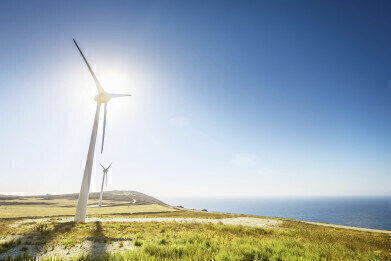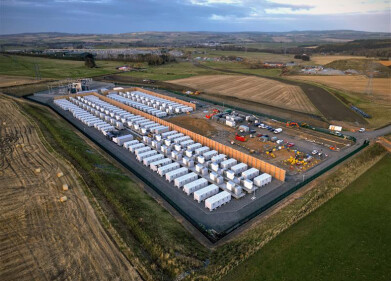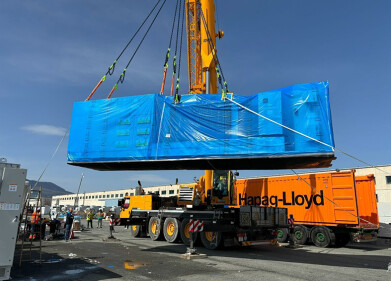Green energy
South and Central America Set Sights on Renewable Energy Generation
Jan 25 2013
South and Central American nations are aspiring to be more environmentally friendly, as renewable energy strategies are introduced, but thermal power remains the main player, states a new report by energy experts GBI Research (USA).
The new research reports that the power market in South and Central America is dominated by thermal power, which accounted for 39.9% of the total installed capacity in 2011, but this share is expected to decrease to 35% by 2020, while the share of renewable energy is expected to increase substantially in the future.
Government policies and promotional measures play a vital role in renewable energy development in South and Central America, with wind and solar PV technologies set to show the highest growth.
Brazil uses Feed-in-Tariffs (FITs) to support renewable development, and various support schemes are also provided by banks and financial institutions to promote renewable energy programs in Brazil. Renewable installed capacity in the country increased from 2,940.9 Megawatts (MW) in 2005 to 7,364.2 MW in 2011 at a Compound Annual Growth Rate (CAGR) of 16.5%, and this figure is set to grow, as Brazil aims to develop renewable energy sources sufficiently to hold a 45% share in the country’s total energy consumption by 2030.
Mexico's Government hopes 35% of Mexico’s electricity will come from renewables by 2024 and cut 30% of greenhouse gas emissions below 2000 levels by 2020 and 50% by 2050. In order to do this, the country is constructing and commissioning a series of wind farms throughout 2012–2014. The cumulative capacity of wind, solar PV, biogas and biomass in Mexico increased from 199 MW in 2001 to 2,522.7 MW in 2011 at a CAGR of approximately 26%, and the completed wind farms will boost these figures even higher.
Chilean law has stated that from 2010 at least 5% of energy produced by the medium and large power generation sector should be from non-conventional renewable energy sources, and this target will gradually increase from 2015 onwards to reach 10% by 2024. Similarly, Argentina aims to generate 8% of its electricity produced through renewable energy sources by 2016, and the government has joined the Renewable Energy and Energy Efficiency Partnership (REERP) and has received funds from the UN which will be used to increase public awareness of clean energy. In Colombia however, despite huge potential for renewable power generation, the absence of financial and political support means the country does not have a significant number of active renewable energy power plants.
Although these countries are diversifying their energy mix, renewable power cannot yet fulfill the demands of their populations, and the wide gap between the demand and supply of electricity explains the continuing growth of thermal-based power generation, to meet immediate needs. The cumulative installed power capacity in Brazil, Mexico, Chile, Argentina and Columbia is expected to grow at a CAGR of 5.1% to reach 358 Gigawatts (GW) by 2020. Thermal installed capacity is expected to grow at a CAGR of 3.3%, while renewable and hydro sources are expected to grow at CAGRs of 16.7% and 4.6%, respectively.
Events
Mar 18 2025 Expo Santa Fe, Mexico
Mar 18 2025 Moscow, Russia
Mar 19 2025 Manila, Philippines
Mar 20 2025 Guangzhou, China
Mar 24 2025 National Harbour, MD, USA














